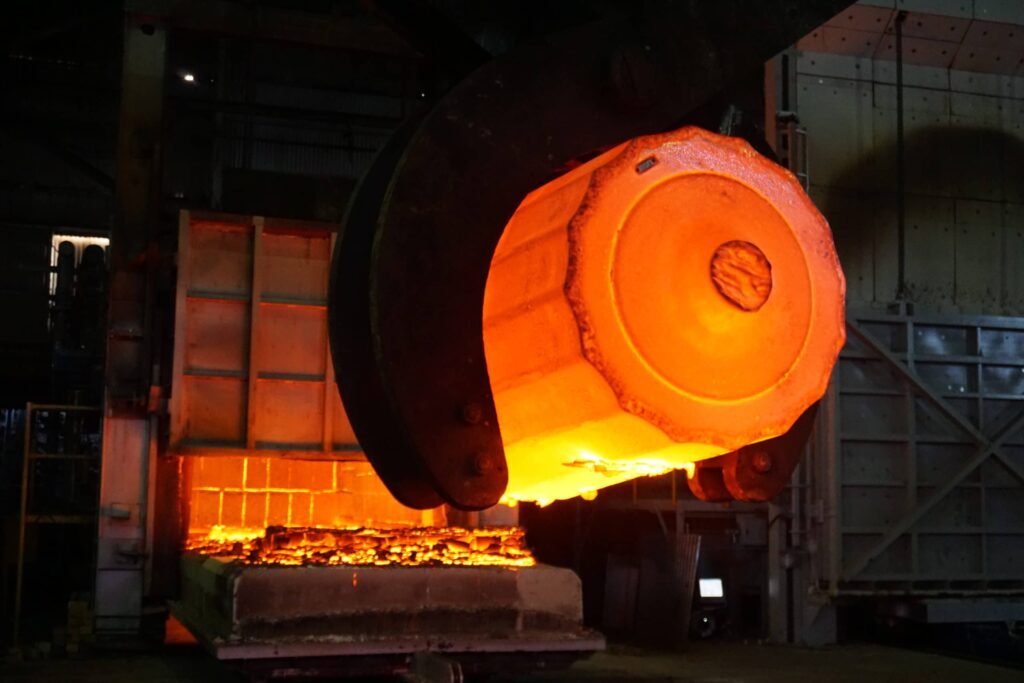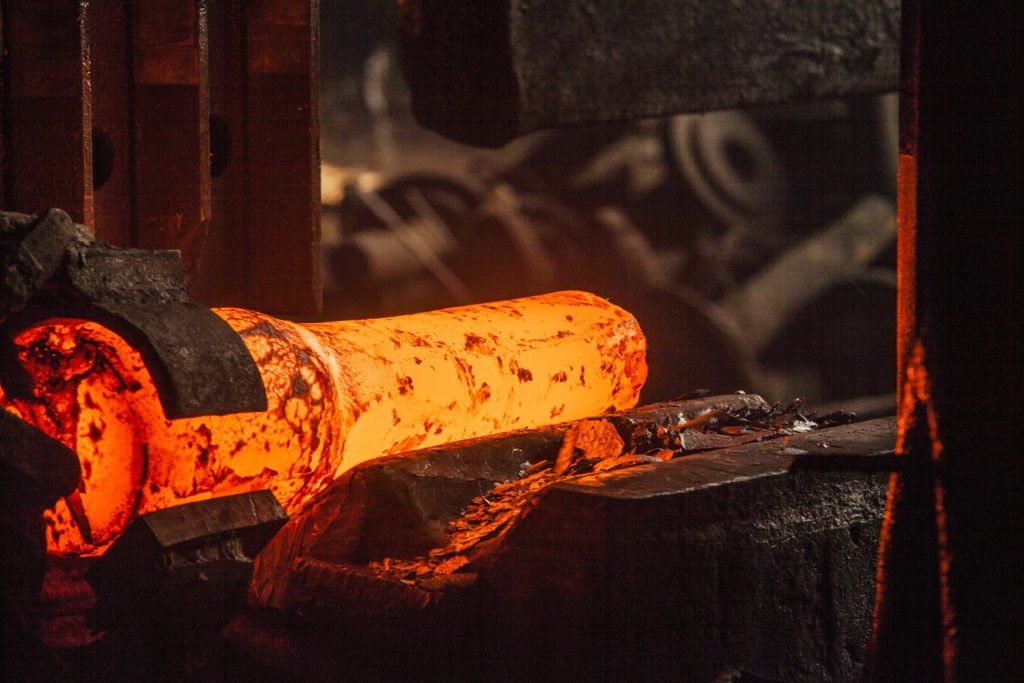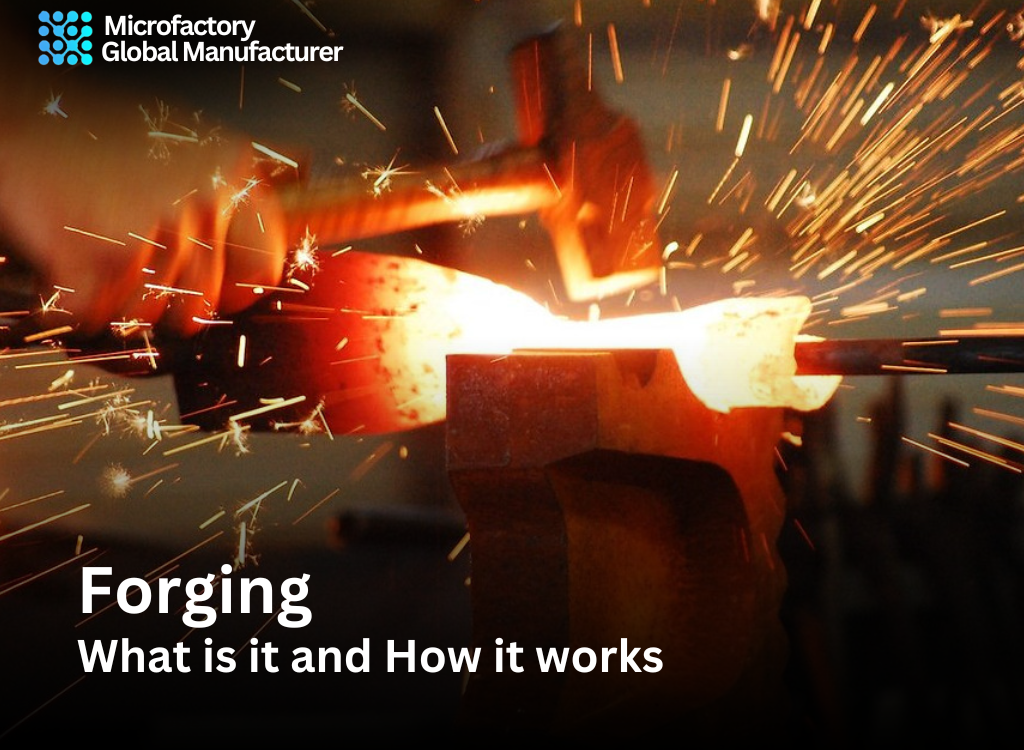What is forging, and how does it work? These questions have echoed through the corridors of time, intriguing minds and shaping civilizations since ancient times. Forging is not merely a mechanical process; it’s an art form that has sculpted our history and continues to shape our present and future. From the mighty swords of medieval warriors to the precision-engineered components in modern aircraft, forging has left an indelible mark on humanity’s journey.
The Essence of Forging
At its core, forging is the process of shaping metal through localized compressive forces. Unlike casting, which involves pouring molten metal into a mold, forging involves deforming the metal at a high temperature to achieve the desired shape. This method enhances the metal’s strength and structural integrity, making it ideal for critical applications where reliability is paramount.
Types of Forging
Forging encompasses a diverse range of techniques, each tailored to specific applications and requirements:
- Open-Die Forging: Also known as smith forging, this method involves shaping metal between flat dies, allowing for greater flexibility in design and producing unique, often irregular shapes.
- Closed-Die Forging: In contrast to open-die forging, closed-die forging utilizes dies with pre-cut impressions to precisely shape the metal into the desired form. This method yields high-precision components with tight tolerances.
- Roll Forging: Roll forging employs cylindrical rollers to gradually shape the metal into the desired profile. It is commonly used to produce long, cylindrical parts such as shafts and axles.
- Impression-Die Forging: Also referred to as precision forging, this method involves shaping the metal within dies containing pre-designed impressions. It enables the production of complex geometries with exceptional accuracy.
Images of Forging


The Forging Process Unveiled
Now that we’ve glimpsed the diverse tapestry of forging techniques, let’s dive deeper into the intricate process of how forging works:
Step 1: Material Selection
The journey begins with the selection of the appropriate material for the desired application. Factors such as strength, ductility, and temperature resistance play a crucial role in determining the suitability of the metal for forging.
Step 2: Heating
Once the material is chosen, it undergoes heating to a temperature above its recrystallization point but below its melting point. This critical phase softens the metal, making it more malleable and easier to deform.
Step 3: Shaping
With the metal at the optimal temperature, it is placed between the forging dies, and compressive forces are applied. Whether through hammer blows, hydraulic presses, or mechanical hammers, the goal is to deform the metal into the desired shape while maintaining its integrity.
Step 4: Cooling and Finishing
After shaping, the forged part undergoes controlled cooling to relieve internal stresses and enhance its mechanical properties. Depending on the application, additional processes such as machining, heat treatment, and surface finishing may be employed to achieve the desired characteristics.
Unlocking the Mysteries of Forging
What sets forging apart from other metalworking processes? The answer lies in its transformative power:
- Enhanced Strength: By aligning the metal’s grain structure through deformation, forging enhances its strength, toughness, and fatigue resistance.
- Improved Grain Structure: The controlled deformation during forging refines the metal’s grain structure, resulting in superior mechanical properties and reduced susceptibility to defects.
- Customizability: From intricate aerospace components to rugged automotive parts, forging offers unparalleled flexibility in design and customization, allowing engineers to unleash their creativity without compromising on performance.
Conclusion: Forging Ahead into the Future
In conclusion, forging stands as a testament to humanity’s ingenuity and craftsmanship. From ancient blacksmiths hammering molten metal to modern-day engineers harnessing cutting-edge technology, the essence of forging remains unchanged: to shape raw materials into works of art that withstand the test of time. So, the next time you marvel at the sleek lines of an aircraft wing or the intricate gears of a high-performance engine, remember the timeless artistry and science behind it—forging, where tradition meets innovation, forging a path into the future!
FAQs: Decoding the Enigma of Forging
Q1: Is forging limited to ferrous metals? A1: While forging is commonly associated with ferrous metals such as steel and iron, it can also be applied to non-ferrous metals like aluminum, copper, and titanium.
Q2: What are the advantages of forging over other manufacturing processes? A2: The advantages of forging include superior strength, enhanced structural integrity, improved fatigue resistance, and the ability to produce complex shapes with tight tolerances.
Q3: Can forging be automated? A3: Yes, forging can be automated using advanced techniques such as robotic forging cells and computer-controlled hammers, enabling high-volume production with consistent quality.


